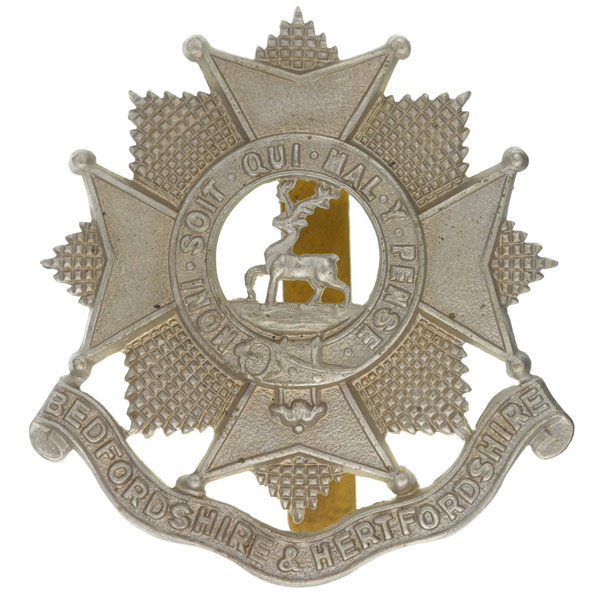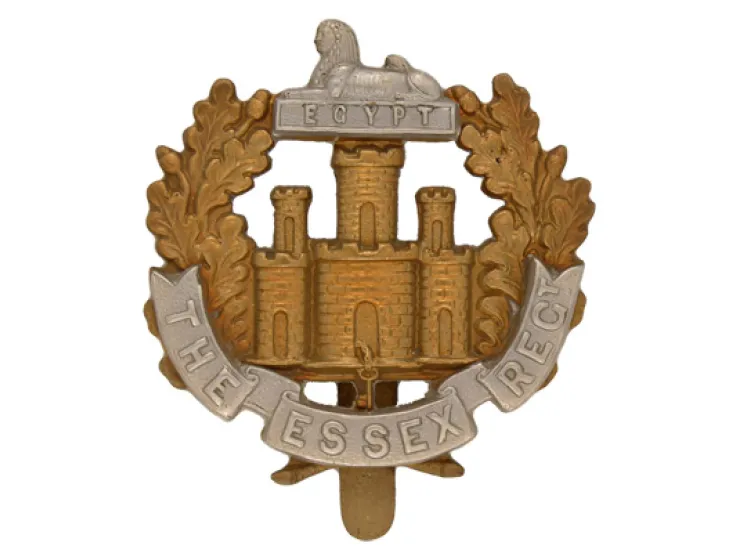Origins
In October 1688, William of Orange was about to set sail from the Netherlands to mount a coup against his father-in-law, King James II. He was expected to land somewhere along the south coast of England and so James authorised his loyal supporter Archibald Douglas to raise a new regiment in the counties around Reading.
Once raised, however, the regiment refused James's orders to march to London. Within three months, it had displaced Douglas as its colonel and gone over to William, who was now on the English throne.
William sent the regiment to Flanders in 1689. It returned there in 1701, serving throughout the Duke of Marlborough's campaigns and fighting at 34 successful battles and sieges during the War of the Spanish Succession (1702-13).
Americas
The regiment fought against Spain in the War of Jenkins' Ear (1739-41), including action at Cartagena (in present-day Colombia) in 1741.
It returned to England in 1742, and was soon ordered to Scotland to help defeat the Jacobites in 1745. In 1751, the regiment was given the number 16 in the infantry order of precedence.
In 1767, it moved to Florida and remained there until 1782, when its few survivors from the American War of Independence (1775-83) were dispersed into other regiments and its officers sent back to Britain to re-recruit. During that recruiting, the regiment was given a county association with Buckinghamshire. It would later swap this, in 1809, with the 14th Regiment of Foot to gain its abiding association with Bedfordshire.
Following garrison service at home and in the West Indies, the regiment was sent to Canada in 1814 for the final stages of the War of 1812 (1812-15).
Quiz
The cap badge of The Bedfordshire and Hertfordshire Regiment depicts which animal crossing a stream?
19th century
The regiment spent the first half of the 19th century garrisoning France, India, Ceylon (now Sri Lanka), Jamaica and Canada.
The regiment’s 1st Battalion returned to Canada alongside its newly-formed 2nd Battalion in 1861, manning the border with America during the period of tension known as the Trent Affair, when the Union side in the American Civil War (1861-65) breached the neutrality of British shipping. 1st Battalion remained there until 1868, also fighting against the Irish-American Fenian Raids across the border, but 2nd Battalion left for Barbados in 1866.
Both battalions subsequently garrisoned India for lengthy spells during the next three decades with 1st Battalion taking part in the storming of the Malakand Pass during the 1895 Chitral Expedition.
The 1881 Army reorganisation renamed it the Bedfordshire Regiment and assigned it the militia and volunteer units of Bedfordshire and Hertfordshire.
Its 2nd Battalion also fought in the Boer War (1899-1902) in South Africa from 1900.
World Wars
Both regular battalions arrived on the Western Front in 1914 and spent the entire conflict there, barring 1st Battalion's six months in Italy from November 1917. The regiment also raised 19 Territorial, Reserve and New Army battalions and these were posted at home, on the Western Front, the Middle East and India.
In 1919 the regiment changed its name again to recognise the men from Hertfordshire who had served during the war.
The inter-war years saw the regiment's regular battalions garrison Ireland, Iraq, Britain, China, India, Palestine and Egypt.
During the Second World War (1939-45), 1st Battalion initially served in the Middle East, but moved to India in March 1942, also fighting in Burma and remaining in India until partition. 2nd Battalion fought in France in 1940, then remained in Britain re-equipping until March 1943, when it landed in Tunisia. It went on to serve in Italy and Greece.
The regiment raised several other Territorial and hostilities-only battalions, including the 5th, which fought in Malaya and was captured at Singapore in 1942.
Legacy
In 1948, it became a single-battalion regiment within the new East Anglian Brigade. Subsequent deployments included Greece, Cyprus, Egypt and Germany.
In 1958, it amalgamated with The Essex Regiment to form the 3rd East Anglian Regiment. Further changes followed in 1964, when the 1st, 2nd and 3rd East Anglian Regiments merged with The Royal Leicestershire Regiment to become The Royal Anglian Regiment.
Regimental museums
The National Army Museum works with a network of Regimental and Corps Museums across the UK to help preserve and share the history and traditions of the Army and its soldiers.
Discover more about The Bedfordshire and Hertfordshire Regiment by visiting Wardown House Museum and Gallery in Luton.















